4. Results:
Task 1

Figure 1. Built in voltage of the diode is found to be .7V

Figure 2. After model modification, the built in voltage of the diode is .6V.
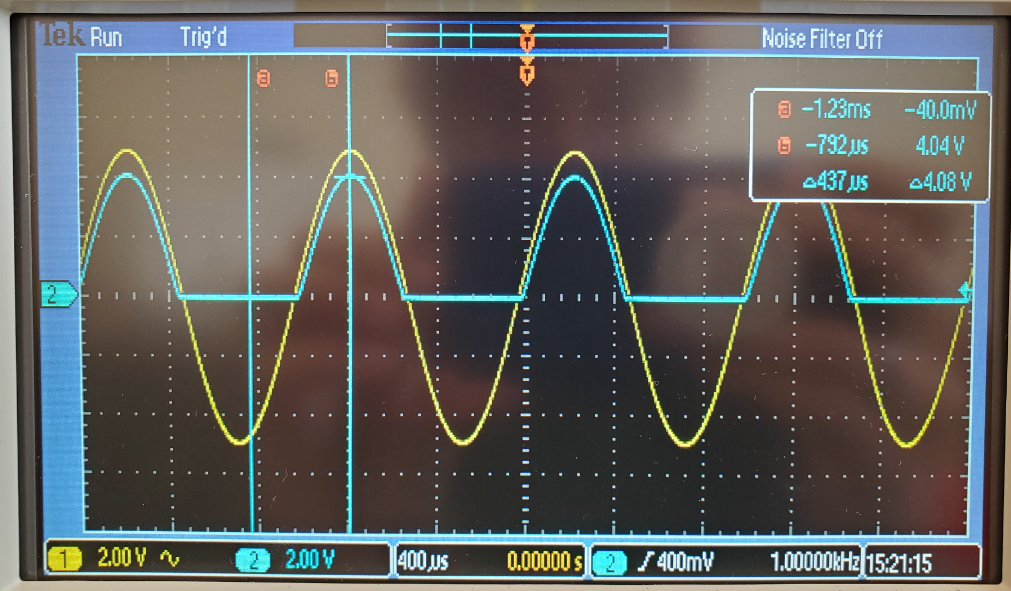
Figure 3. From physical circut, built in voltage of the diode was found to be .9V.
Task 2
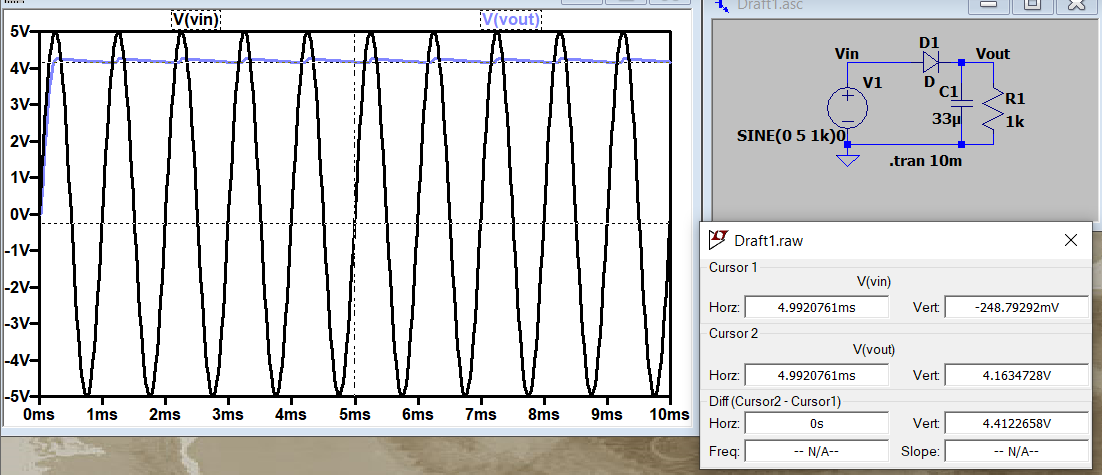
Figure 4. LTSpice simluation of rectifier circuit. Vout was near DC, but still oscillating.
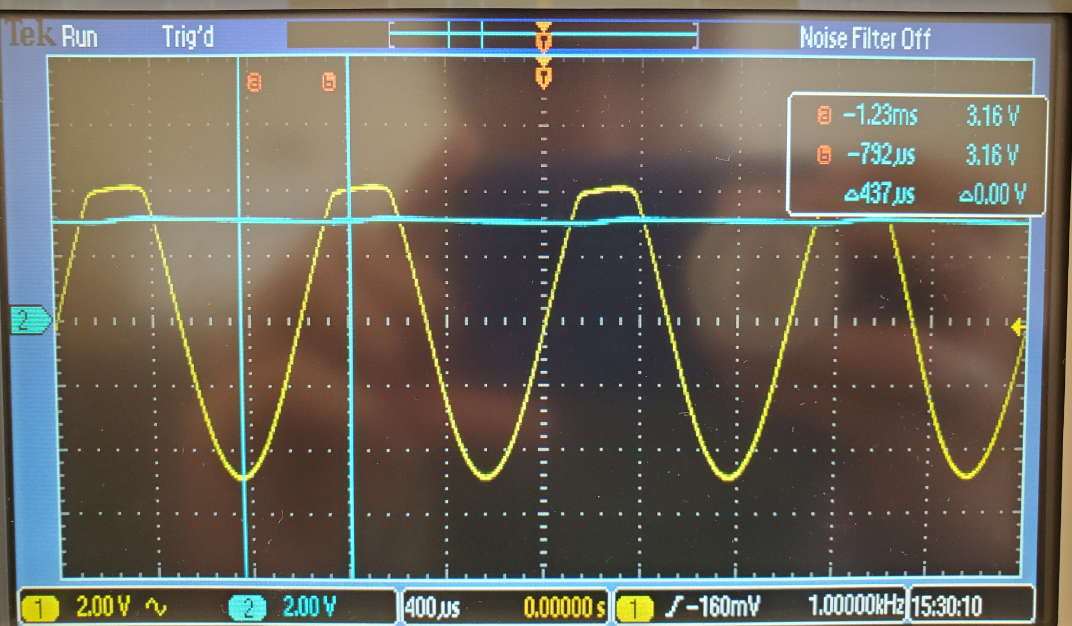
Figure 5. Output of physical rectifier circuit. Close to DC, but still stepping. This matches with simulated results in figure 4.
Task 3
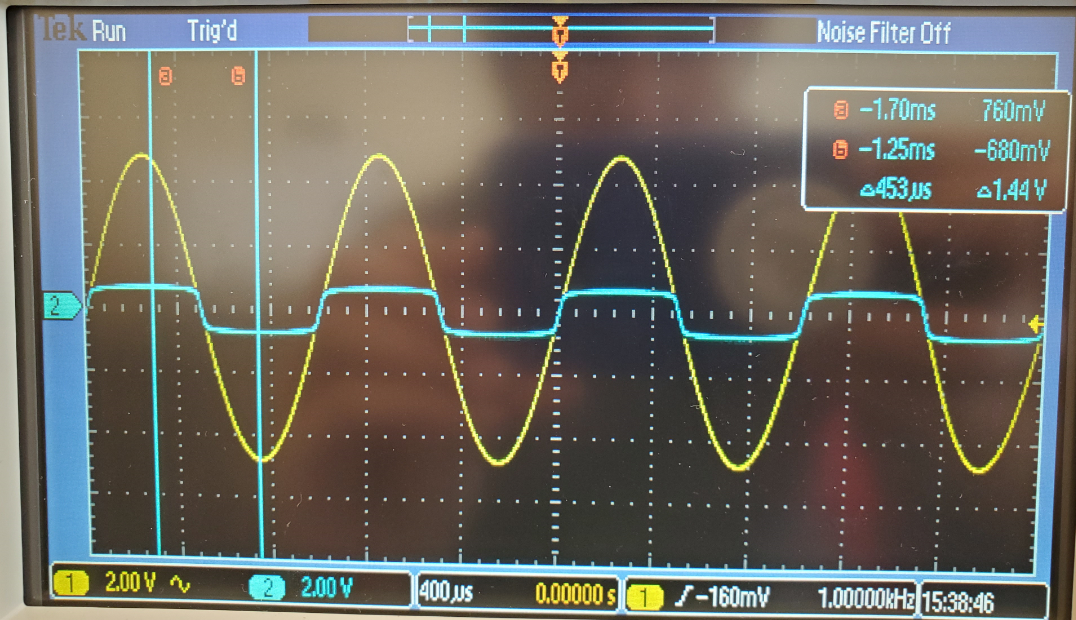
Figure 6. Output voltage of physical circuit built on breadboard. The two diodes in opposite configurations allow for the output voltage to be both positive and negative. However the signal is attenuated.

Figure 7. LTSpice sim of clamping circuit. Output voltage gets 'clamped' to 10v once the voltage exceed the breakdown voltage of the zener diodes.
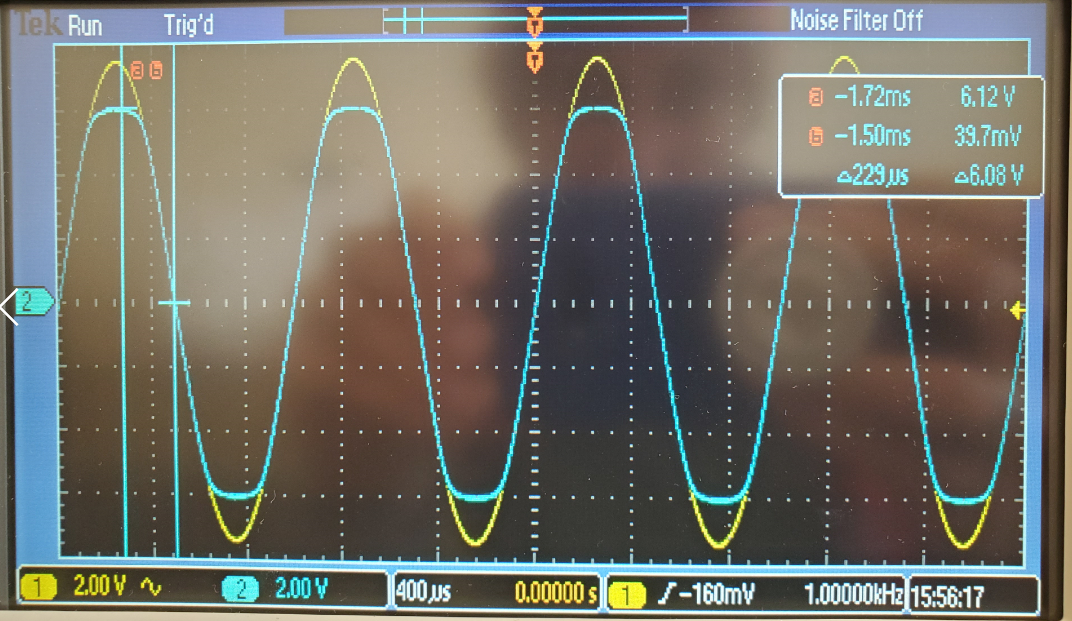
Figure 8. Clamping circuit built on breadboard. Input voltage of 15Vpp. Zener diode breakdown voltage of 5.1V
Task 4
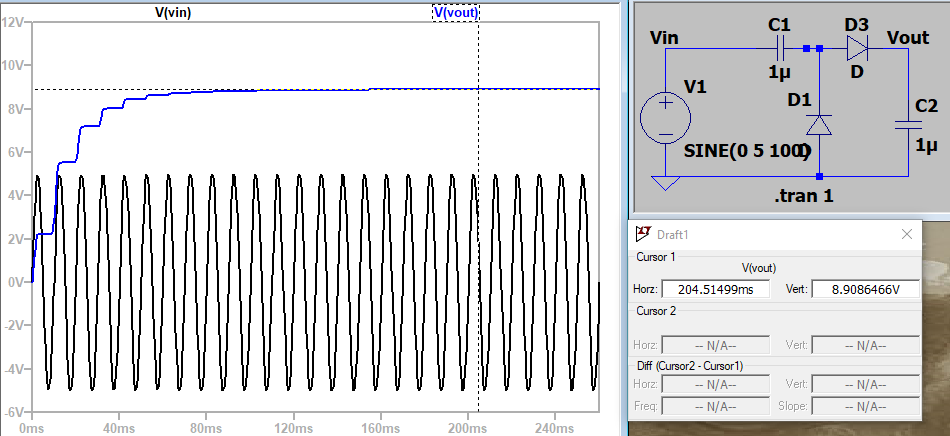
Figure 9. LTspice sim of voltage doubler circuit. Voltage is stored in the first capacitor allowing for higher output voltage with limited stepping. Second capacitor acts as a rectiferer.
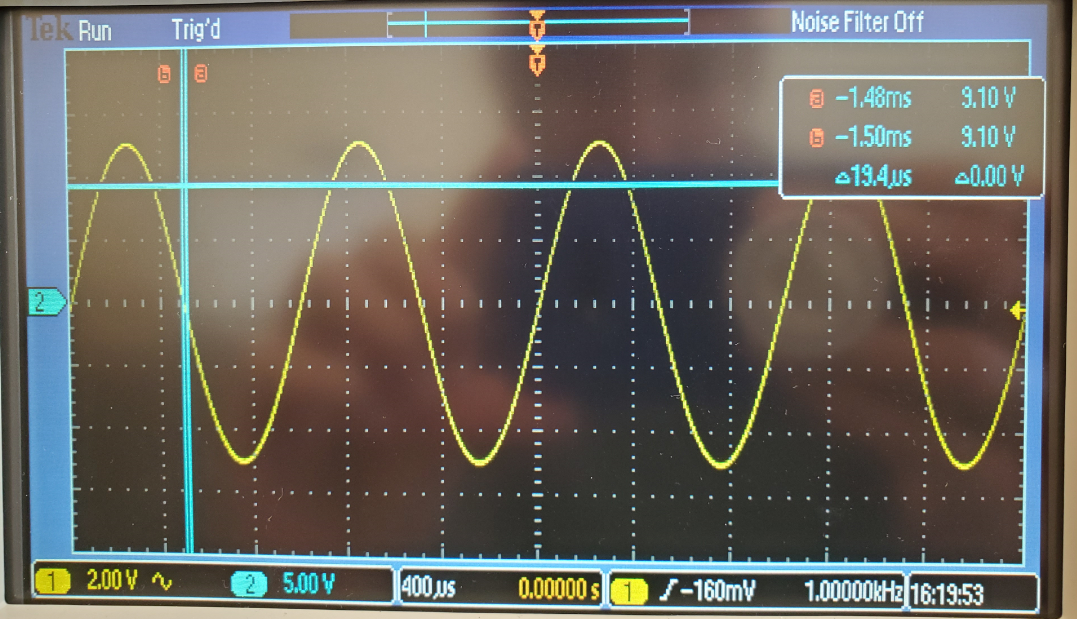
Figure 10. Output voltage of doubling circuit. Not a perfect doubling due to built in voltage of the diodes. Rather than ideal 10V output, reality has 9.1V output.
5. Discussion
This lab introduced how recitifiers, DC regulators, and voltage doublers. LTspice was useful for visualizing what the output voltage was expected to be. However, the phyical circuits introduce the limitations and specifications of different componants. We could use LTspice to make our simulated diodes nearly equivalant to our physical componants by using spice direcitve. These concepts are useful for modifing a single input voltage to various uses within the same system.